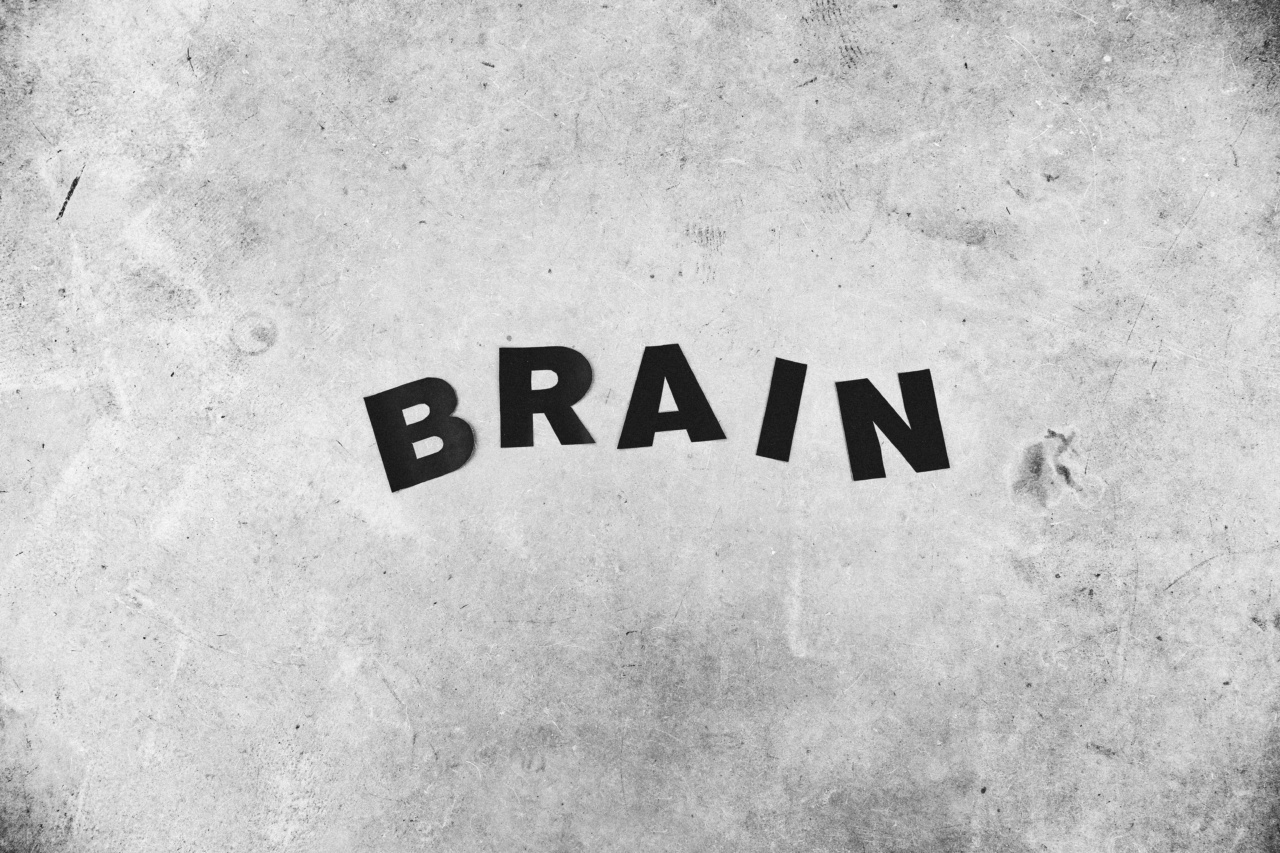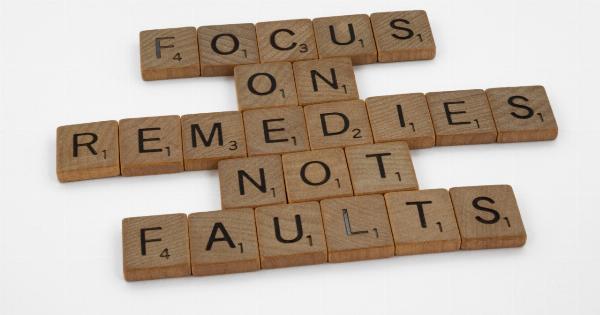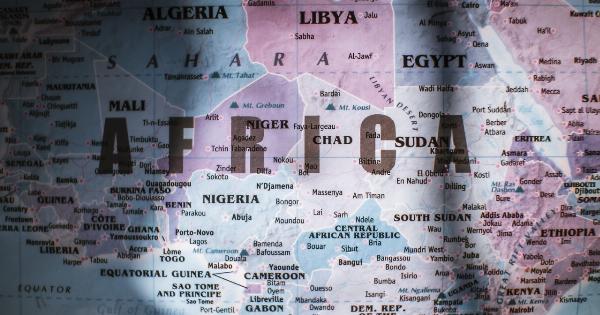In today’s fast-paced world, it is becoming increasingly important to have a sharp and reliable memory.
Whether you are a student trying to ace your exams, a professional looking to stay on top of your game, or simply someone who wants to improve their cognitive abilities, the power of visualization can be a valuable tool in enhancing your memory.
What is Visualization?
Visualization, also known as mental imagery, is the process of creating detailed, vivid images in your mind. It involves using your imagination to see and experience things in a way that is similar to how you perceive the external world.
By engaging your senses and constructing mental images, you can create a powerful tool for memory enhancement.
The Link Between Visualization and Memory
Research has shown that visualization can have a profound impact on memory. This is because our brains are highly visual organs, and visual information is often easier to remember compared to other forms of information.
When we create mental images, we activate multiple areas of the brain, including those responsible for perception, attention, and memory. This increased activation and engagement can make the information more memorable and easier to recall later.
Visualization Techniques for Memory Enhancement
There are a number of visualization techniques that can be used to enhance memory:.
1. The Method of Loci
The Method of Loci, also known as the Memory Palace technique, is a powerful method that has been used since ancient times.
It involves mentally visualizing a familiar location, such as your house, and associating specific pieces of information with various locations within that space. By mentally navigating through your Memory Palace, you can recall the information associated with each location.
2. Mind Mapping
Mind mapping is a technique that involves visually representing information in a hierarchical and interconnected manner.
By creating a visual map of the concepts or ideas you want to remember, you can enhance your understanding and retention of the material. Mind maps can be particularly effective for organizing and reviewing complex information.
3. Visual Association
Another powerful technique is to create visual associations between the information you want to remember and something familiar or memorable.
For example, if you want to remember a list of items, you can mentally associate each item with a vivid image or scene. The more bizarre and memorable the association, the easier it will be to recall.
4. The Story Method
The story method involves creating a narrative or story that incorporates the information you want to remember. By constructing a story with vivid imagery and engaging details, you can make the material more memorable and easier to recall.
This technique is particularly effective for remembering sequences or lists of information.
5. Visual Mnemonics
Visual mnemonics involve using visual cues or images to aid in memory recall. This can include using acronyms, creating memorable images or symbols, or associating information with colors or patterns.
By leveraging the power of visual imagery, you can make the information more salient and memorable.
The Benefits of Visualization for Memory Enhancement
The use of visualization techniques for memory enhancement offers several benefits:.
1. Improved Encoding and Retrieval
Visualization helps to create strong associations between information and visual cues. This enhances the encoding of information into memory and makes it easier to retrieve later on.
By engaging multiple sensory modalities, visualization can create more durable memory traces.
2. Enhanced Creativity and Imagination
Visualization exercises stimulate the creative and imaginative parts of the brain. This can lead to increased creativity and improved problem-solving abilities.
As you practice visualization, you will find that your ability to generate and manipulate mental images becomes more refined.
3. Reduced Forgetting and Increased Recall
By creating vivid mental images, you make the information more distinctive and memorable. This can help to reduce forgetting and increase your ability to recall the information when needed.
Visualization techniques can be particularly effective for remembering complex or abstract information.
4. Increased Focus and Attention
When you engage in visualization, you need to maintain focus and attention to construct and manipulate the mental images.
This can help to improve your overall focus and attention span, which can in turn enhance your ability to learn and remember information.
5. Versatility and Flexibility
Visualization techniques can be adapted to various learning styles and preferences. Whether you are a visual learner or prefer auditory or kinesthetic approaches, you can tailor visualization techniques to suit your individual needs.
This makes visualization a versatile tool for memory enhancement.
Conclusion
The power of visualization for memory enhancement should not be underestimated. By harnessing the ability of the mind to create vivid mental images, you can improve your encoding, retention, and recall of information.
Whether you are studying for an exam, preparing for a presentation, or simply trying to keep your memory sharp, incorporating visualization techniques into your routine can be a valuable asset.






























